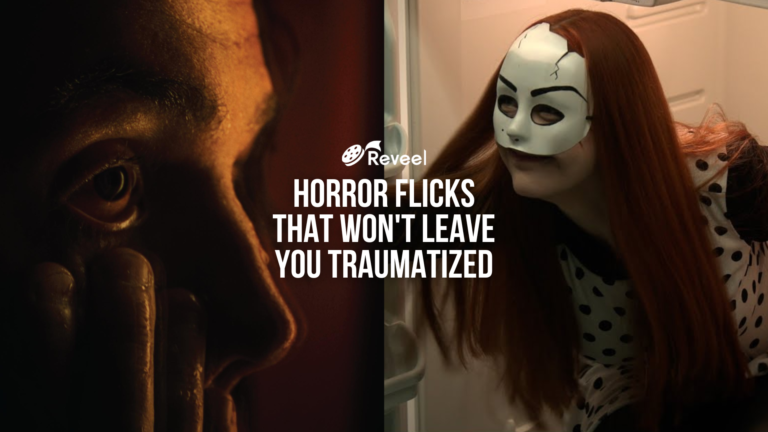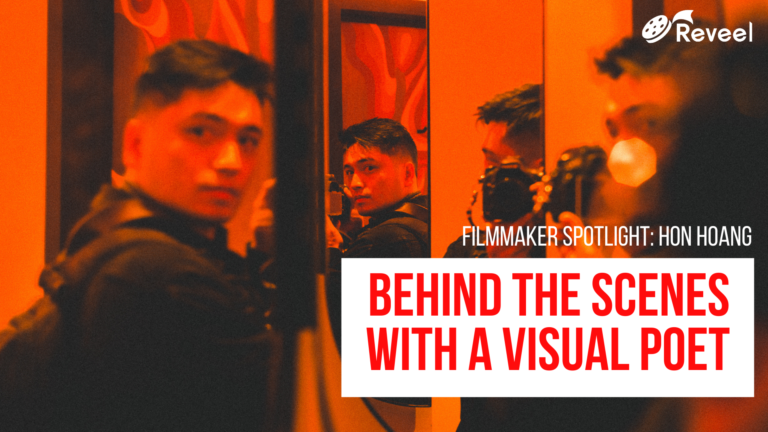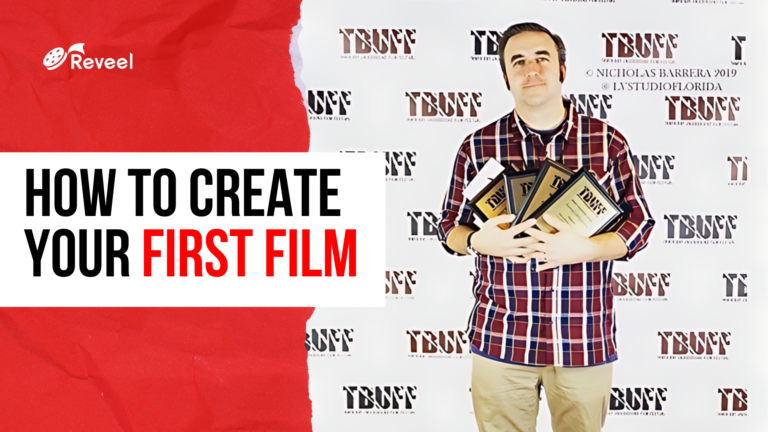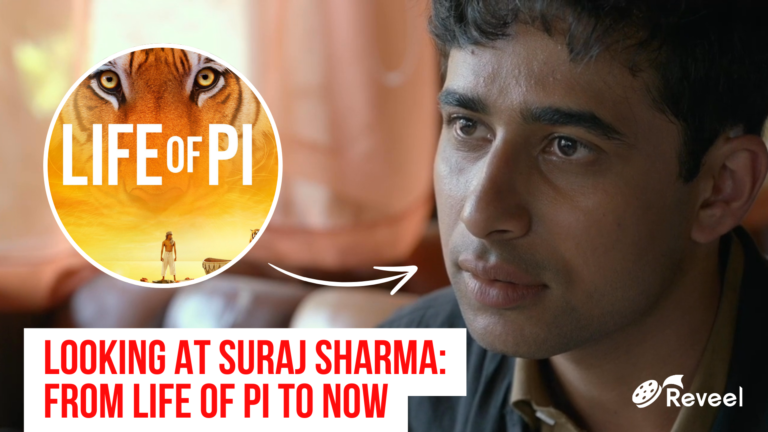Inspiration for films can strike in a variety of ways. Some get ideas based on their life experience. Others get ideas from historical events. Filmmaker John DiMarco, on the other hand, got his idea for his film “Kevin and Winnie” based on a lighting setup. DiMarco wrote Kevin and Winnie to tell a romantic tragedy in 12 minutes. Along with writing, DiMarco also produced, DP’d, edited, and color graded the film. We’ve interviewed DiMarco about Kevin and Winnie to get a behind the scenes look into the production of the short film.
The following interview has been edited for clarity and length.
1. In your own words, can you tell us what Kevin and Winnie is about?
John: Kevin and Winnie is about two people who are soulmates but they end up with a terrible revelation and the film centers around how Winnie deals with it.
2. How did you come up with the idea? Why did you feel that this story needed to be told?
John: Funny story! I came up with the idea when I bought a Forza Nanlite 200 (a light) for my old job when I worked at the news. As I was testing it out, I shined it into my dining room from the outside and I thought this would be cool for a dramatic short scene where a husband tells his wife terrible news. The lighting had a great morning feeling and I was very inspired by that. So, I wrote up a script and when I sent it to my friend, they told me that I should do more. Five rewrites later and I came up with Kevin and Winnie.
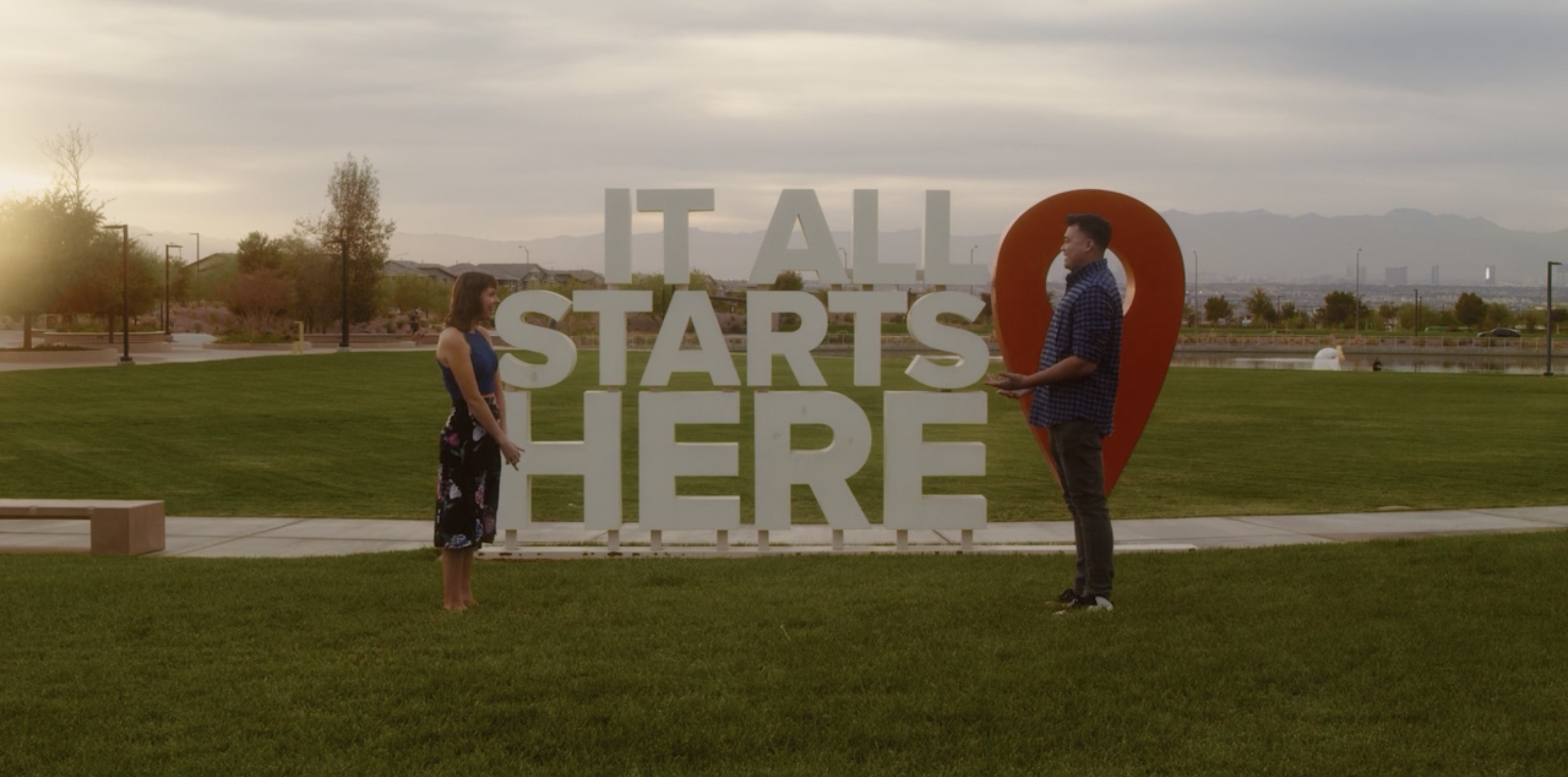
3. What were the biggest challenges that you had to overcome during production?
John: The biggest challenge was really in pre-production. Originally in the script, we were supposed to film at Lake Las Vegas which is a really nice place that has a romantic feel to it. As I was getting in touch with them, they told me that I needed to have a business license and insurance. So I gave them that. Then they then told me that they needed to talk amongst the board to decide. As I’m just waiting for the board to make a decision, I’m like what do I do because this location is vital for Kevin and Winnie’s engagement. The director George Elias said we should go look somewhere else and we found this park (the park used in the film) as a backup.
A day before we started filming, the board had finally made up their mind and declined our request to film at Lake Las Vegas. I call this film a film of happy accidents because the location was a happy accident. Finding the park with the sign that states “It All Starts Here”. That sign is an actual physical thing that exists at the park.
4. Did any other filmmakers, films or TV shows influence this film?
John: I want to be a director of photography. That is my main goal in life. I love Gordon Willis and his cinematography. He’s worked on The Godfather, Annie Hall, and Manhattan. Those films kind of inspired me. Even Conrad Hall with Tequila Sunrise. There’s a scene where Mel Gibson and Kurt Russell are sitting on swings and the sun is setting, which was a huge inspiration for Kevin and Winnie. I was like we have to get that Tequila Sunrise shot in there somehow.
5. As the screenwriter, producer, cinematographer, editor, and color grader of the film, which role did you enjoy the most? Which was the most difficult?
John: Being the DP was the one I enjoyed the most. I enjoyed them all but being a DP is where my bread and butter is. The most difficult role was the producer. Kevin and Winnie was my first time producing and trying to coordinate everything from actors to locations was very difficult.
Fun fact! The main leads in Kevin and Winnie, Brenna Daly and Jordan Garcia, were a blind casting. They had never met each other until we did a table read. I knew they were both good actors and I felt they could elevate each other’s performances.
6. Who are your filmmaking inspirations?
John: Gordon Willis is a big one. I like Michael Mann also. I do enjoy Michael Mann movies. Tarkovsky, I started getting into his movies as well. I actually started listening to a new podcast that made me realize that I’m slightly inspired by Sam Raimi’s filmography. I think I have a similar mentality that he does. Also Charlie Chaplin! I really admire him from a filmmaking standpoint. Criterion has most of his films and I just went through and watched a bunch of them. Limelight surprised me by how great it was. It’s really underappreciated and not talked about often.
7. How did you get into creating films?
John: I grew up in New Jersey as a little kid and in my neighborhood there was a video store. I’d go there and rent the same movies like Ghostbusters, Back to the Future 2, Three Ninjas. I just loved watching movies and then I got into skateboarding. I’m 32 and people around my age came up in the Jackass generation. Recording like Jackass was the big thing for a chunk of time. For me, I loved cameras and working on films. I got my first camera in eighth grade and used it to make skateboard films or to document my friends. That as well as watching Christopher Nolan films and going to college for Video Arts grew my passion for the film industry.
8. What were your takeaways from creating Kevin and Winnie?
John: I wish we had three days to film. We only had two days to shoot the film but three days would’ve been a lot better. Being a producer and trying to figure the schedule out, I scheduled the emotionally draining scenes on the same day. We shot on Thursday and Friday and on Friday, we scheduled all of the heavy hitting scenes. By the time we got to the emotional scenes that were shot at night, it was midnight and everyone was tired so we rushed the ending a bit. I wish we had more time to free flow with them having more freedom but again, we only had two days to film.
Kevin and Winnie is about the journey of two soulmates whose love is tested through a discovery of loss. Watch the short film for free on Reveel.
All-Time Popular Blogs
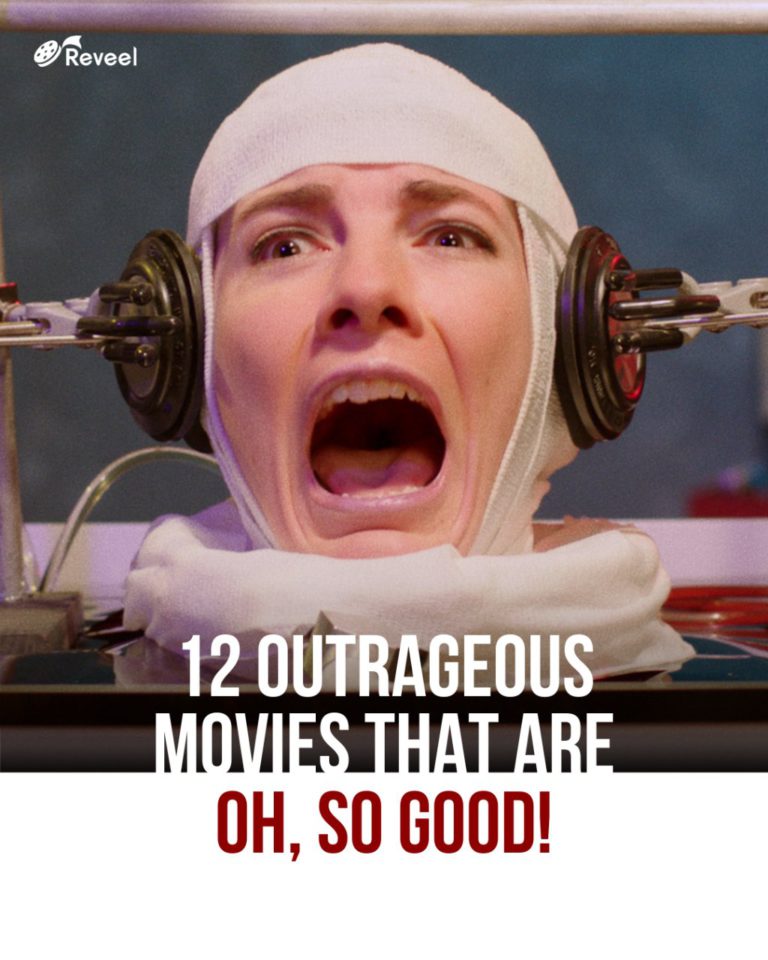
12 Horror Movies So Ridiculous – Ridiculously Good
We all know the allure of a good guilty pleasure flick — movies so ludicrous and outlandishly executed that we can’t help but be bowled over by the audacity. Welcome...
Read More
Best Free Filipino Movies You Can Watch Right Now
“There’s always a Filipino somewhere” is a well-known fact, and it’s true even in streaming platforms. Of course we have some right here in Reveel. From the adrenaline-infused streets of...
Read More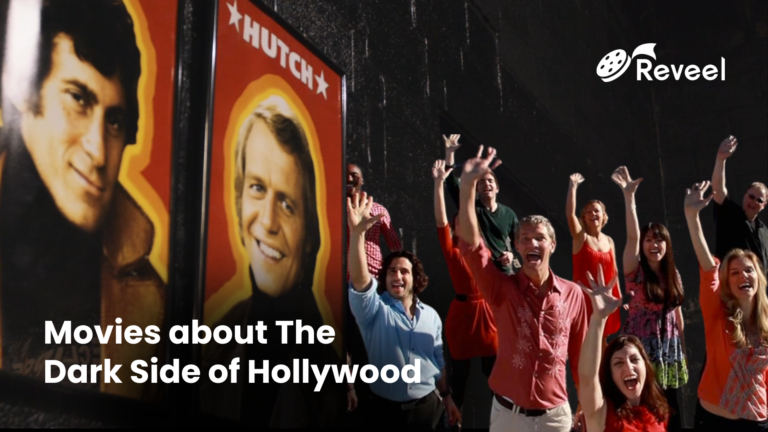
Movies about The Dark Side of Hollywood and Fame
The darker side of Hollywood—the side rife with scandal, exploitation, and the unyielding pressure to remain in vogue—is a tale as old as cinema itself. Yet, these stories never fail...
Read More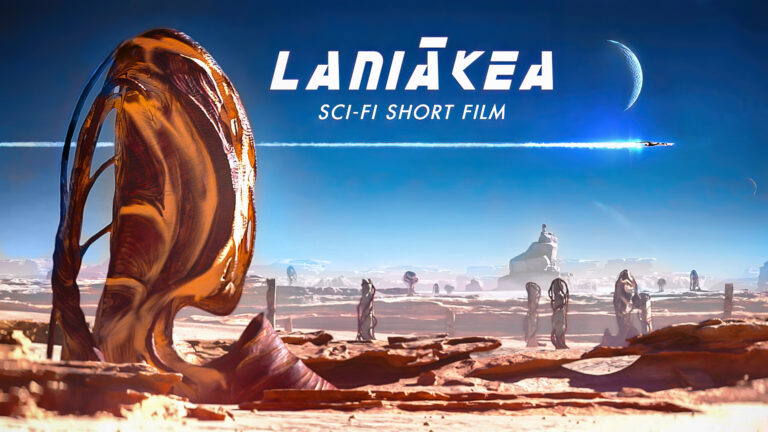
Reveel Interviews Dima Taran: The Filmmaker Behind The Animated Short ‘Laniakea’
What if we are alone in the universe? This question is at the core of the short film Laniakea. Originally created as a college project by Dima Taran, the film...
Read More
5 Best Animated Short Films To Watch For Free On Reveel
Sometimes the best stories aren’t the longest, they are the shortest. Short films have perfected the art of telling a captivating story in just a few minutes and animated shorts...
Read More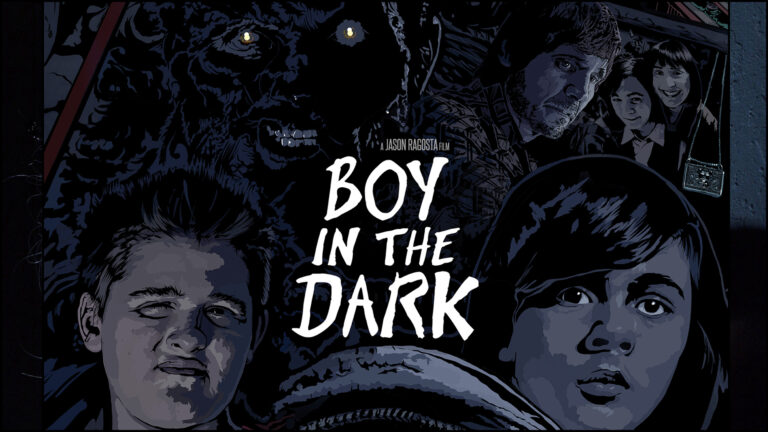
Reveel Interviews Jason Ragosta: The Filmmaker Behind The Short ‘Boy In The Dark’
Most, if not all, children had night terrors growing up. Some would hide under the covers. Others would yell for their parents. Kid-version Jason Ragosta, screenwriter and director, decided to...
Read More

